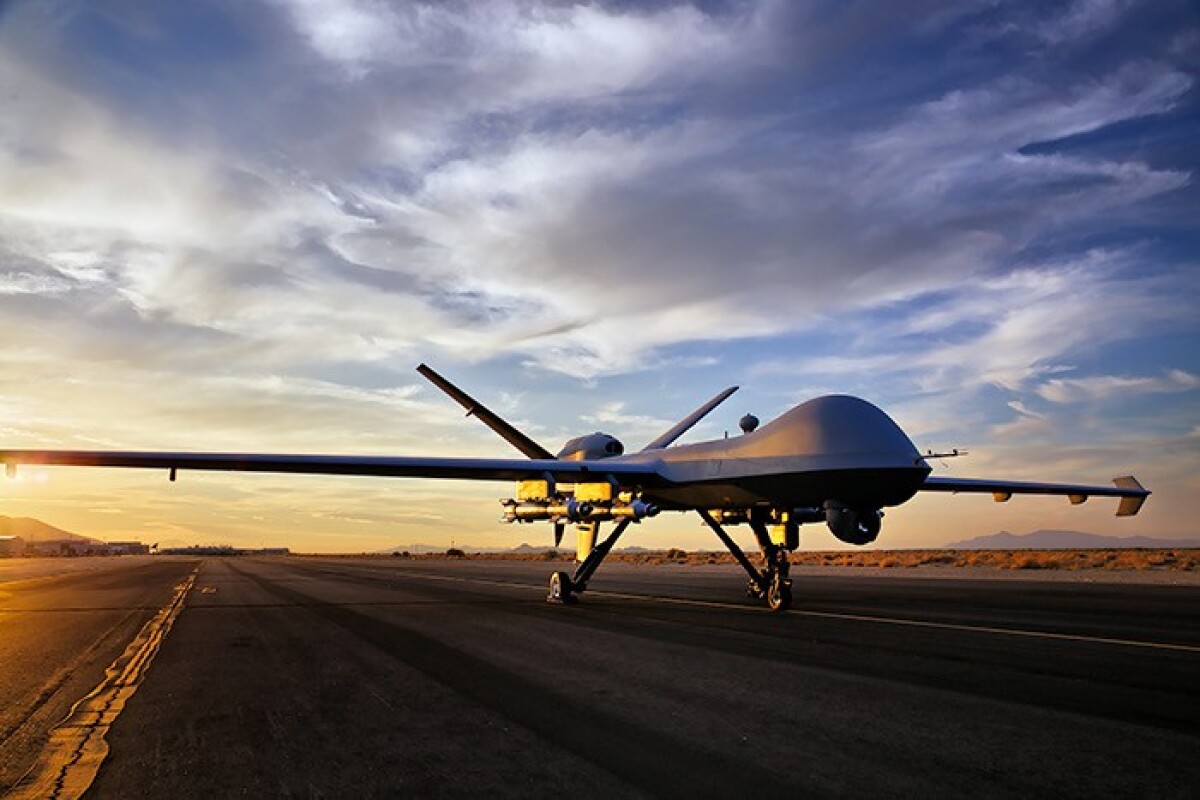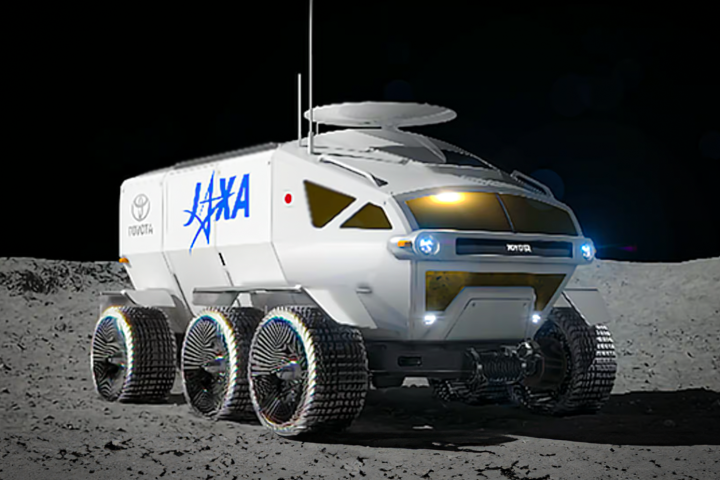The US Air Force is seeking upgrades to its fleet of MQ-9 Reaper drones as its mission shifts from anti-extremist operations to dealing with near-peer adversaries like Russia and China. Through the Air Force Life Cycle Management Center’s MQ-9 Program Office, the increased capabilities will be installed in both new Reapers and those already in service.
Since it first flew in February 2001, the capabilities of General Atomics Aeronautical Systems (GA-ASI) MQ-9 Reaper in its many variants have been improved, allowing it to take on more ambitious missions. Currently, it is operated by the United States and six other countries, and has seen action in many theaters around the world, but it's in danger of soon becoming irrelevant.
Up until now, the Reaper has focused on intelligence, surveillance, reconnaissance, and strike missions that the Air Force refers to as Counter-Violent Extremist Organization (C-VEO) combat operations. In translation, that means it's used against insurgents, terrorists, and pirates in areas where the US and its allies enjoy air supremacy.
However, the geopolitical world is changing, and such C-VEO operations are becoming less important as near-peer threats take center stage, especially in the Asia Pacific region and the United States European Command (EUCOM), where the Reaper is flying missions from Romania. This means the Reaper must deal with more sophisticated air defense systems in areas where the air space is still contested.
To meet these new challenges, the Air Force wants ordered Reapers to be upgraded to the MQ-9 Multi-Domain Operation (M2DO) aircraft, with contracts going to GA-ASI this month. Meanwhile, the Air Force will be retrofitting the present fleet. These upgrades include anti-jamming systems, which are already being fitted, as well as improved electro-optical/infra-red sensors that will allow a wider variety of weapons to be carried, as well as other upgrades that have not been released.
"Working with Air Combat Command and other stakeholders, the MQ-9 enterprise will add new capabilities to the platform to help ensure the MQ-9 is able to support these missions in the threat environment we envision," says Lieutenant Colonel Nick Jordan, Materiel Leader for MQ-9 Production and Retrofit. "The user has directed us to add technology into the platform, which signals that the MQ-9 can offer more capability than just C-VEO operations over the next ten to fifteen years. It can remain relevant with these added and upgraded technologies."
Source: US Air Force





